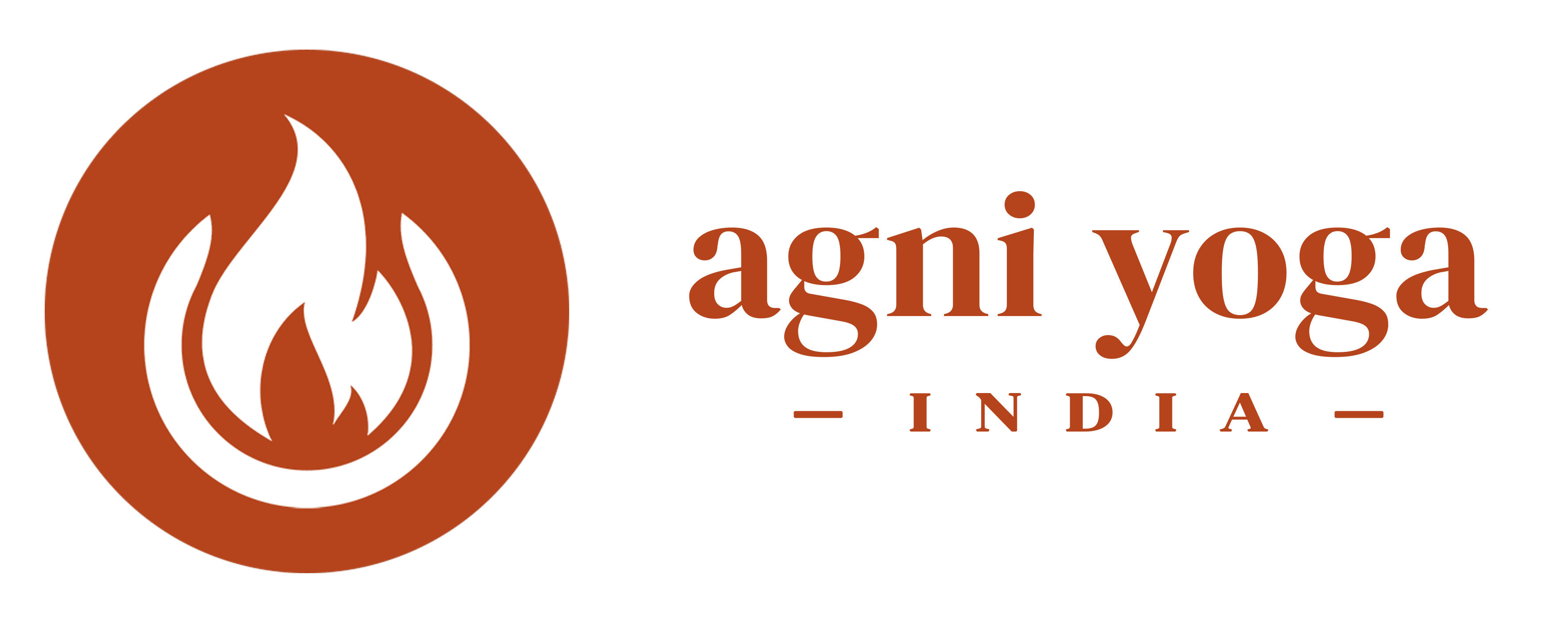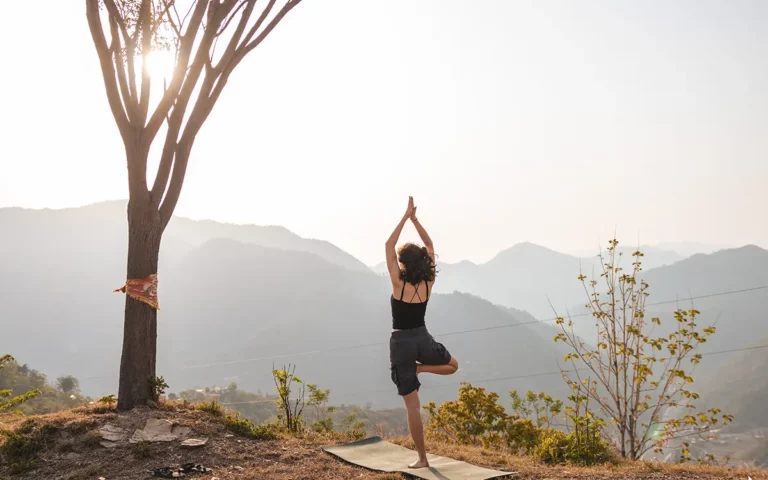Sheetali Pranayama (Cooling Breath) – Steps, Benefits, & Precautions
Introduction to Sheetali Pranayama
Sheetali Pranayama is a yogic breathing technique known for its cooling effects on both the body and mind. The term “Sheetali” comes from the Sanskrit word ‘Sheetal’, which means “cool” or “calm.” This pranayama involves inhaling through a rolled tongue and exhaling through the nose, creating a cooling effect on the system. It is primarily used to reduce body heat and stress, making it particularly useful in hot weather or high-stress situations.
Sheetali Pranayama is a vital technique in yoga for enhancing mental clarity, soothing the nervous system, and balancing the body’s temperature. It is one of the many breathing exercises (pranayamas) that help in maintaining homeostasis and overall well-being. This pranayama not only provides immediate relief from the heat and emotional tension but also offers long-term benefits when practised consistently.
The practice of pranayama, including Sheetali, has its roots in ancient Indian traditions, specifically in yogic texts such as the Hatha Yoga Pradipika and Yoga Sutras of Patanjali. Sheetali Pranayama is often mentioned in these texts as a method to regulate prana (life force energy) and as a means of preparing the practitioner for deeper meditative states. Its cooling nature has made it a highly regarded technique during the warmer seasons or in times of emotional upheaval.
Understanding Pranayama
Pranayama is a Sanskrit term meaning “control of breath” (from prana, meaning “life force” or “vital energy,” and ayama, meaning “extension” or “control”). It is a fundamental yoga practice aimed at regulating and expanding the breath to influence the flow of prana within the body. Pranayama is considered a precursor to meditation, as it helps prepare the body and mind to enter deeper states of consciousness.
Breathing is a powerful tool for regulating the autonomic nervous system, which controls functions like heart rate, digestion, and stress response. By consciously controlling the breath, one can influence the parasympathetic nervous system, reducing stress and promoting relaxation. Proper breathwork also helps improve oxygenation, mental clarity, and emotional stability, which contributes significantly to overall wellness.
Preparatory Practices for Sheetali Pranayama
Before practising Sheetali Pranayama, it’s beneficial to perform certain yoga asanas (postures) that open up the chest, calm the mind, and enhance lung capacity. Postures like Sukhasana (Easy Pose), Padmasana (Lotus Pose), Tadasana(Mountain Pose), and Bhujangasana (Cobra Pose) help establish proper posture and align the breath.
Sheetali Pranayama requires a calm and quiet environment to be effective. To get the most out of the practice, it’s best to choose a clean, well-ventilated space, free from distractions. This allows the practitioner to focus on the breath and enhances the meditative quality of the practice.
To prepare for Sheetali Pranayama, ensure that your mind is clear and receptive. You can practice simple techniques like mindful breathing or visualization to calm your thoughts before you begin. Physically, ensure that the body is relaxed and free of tension. It may also help to perform a few rounds of deep belly breathing or gentle stretches to warm up.
Step-by-Step Guide to Performing Sheetali Pranayama
- Sit in a Comfortable Position: Begin by sitting in a comfortable seated posture such as Sukhasana or Padmasana. Keep your spine erect, shoulders relaxed, and hands resting on your knees.
- Form the Tongue: Roll the edges of your tongue outward, forming a tube-like shape. The tongue should protrude slightly from the mouth, but not too far.
- Inhale Through the Tongue: Slowly inhale through the rolled tongue, allowing the air to pass over the tongue and feel the cooling sensation as it enters the body. The inhale should be deep and slow.
- Exhale Through the Nose: Close your mouth and exhale gently through your nostrils, ensuring that the exhalation is controlled and smooth.
- Repeat the Cycle: Continue inhaling through the tongue and exhaling through the nose for several rounds. Aim for 5-10 rounds to start, gradually increasing as you become more comfortable.
Posture: Sit with your back straight and shoulders relaxed. The tongue should be curled in a tube-like shape, extending slightly from the mouth.
Breathing: As you inhale, visualize the air entering the body as cool and refreshing, spreading throughout the entire body. As you exhale, imagine releasing any heat or tension from the body.
For beginners, it’s recommended to practice Sheetali Pranayama for 5-10 minutes daily. As you progress, you can extend the duration to 15-20 minutes. Ideally, practice in the early morning or evening, when the air is cool and fresh.
Key Benefits of Sheetali Pranayama
- Cooling the Body: Sheetali Pranayama is effective at lowering the body’s temperature, making it ideal for hot weather or for those who feel overheated or agitated.
- Soothing the Nervous System: Deep, slow breathing helps activate the parasympathetic nervous system, promoting relaxation and reducing the effects of stress and anxiety.
- Improved Digestion: This pranayama can help calm the digestive system, which may support better digestion and relieve symptoms like acidity or indigestion.
- Stress Reduction: Regular practice of Sheetali Pranayama has been shown to lower levels of cortisol, the stress hormone, leading to greater emotional calm.
- Mental Clarity: By regulating the breath, the mind becomes more focused and clear, aiding concentration and mental alertness.
- Enhanced Mood: The cooling and calming nature of the breath helps uplift the mood, reducing feelings of frustration or irritation.
Precautions and Contraindications
- Cold or Respiratory Infections: If you have a cold, cough, or respiratory infection, avoid Sheetali Pranayama, as inhaling through the mouth could irritate the throat.
- Hypothyroidism: People with thyroid imbalances should be cautious, as Sheetali’s cooling effect might exacerbate symptoms.
- Low Blood Pressure: Those with low blood pressure should consult a doctor before practicing, as Sheetali may further lower blood pressure
Possible Side Effects and How to Mitigate Them
Some practitioners may experience dizziness or lightheadedness if they overdo the practice. To avoid this:
- Always practice on an empty stomach.
- Begin with short sessions and gradually build up the duration.
- Ensure you’re seated in a stable position to avoid strain or discomfort
FAQs
Can Sheetali Pranayama help with anger or irritation?
Yes, it calms the body and mind, reducing heat and agitation linked to anger.
How long does it take to experience the benefits?
Immediate relief may be felt, but long-term benefits take a few weeks with regular practice.
Can I combine it with other pranayamas?
Yes, it can be combined with other techniques like Anulom Vilom for balance.
Can it be practised during meditation?
Yes, it’s great for cooling down before or during meditation.
I feel dizzy after a few rounds. What should I do?
Stop immediately, sit down, and resume after feeling stable.






